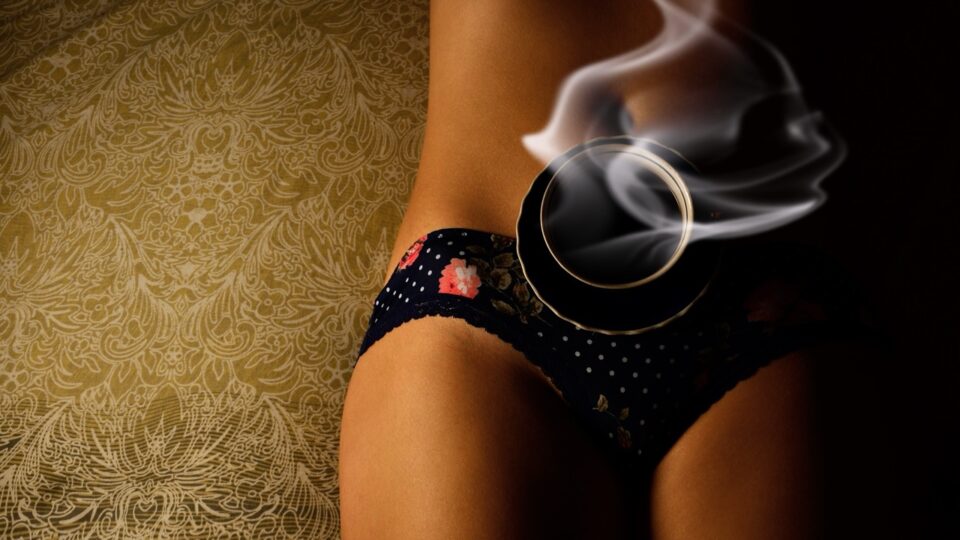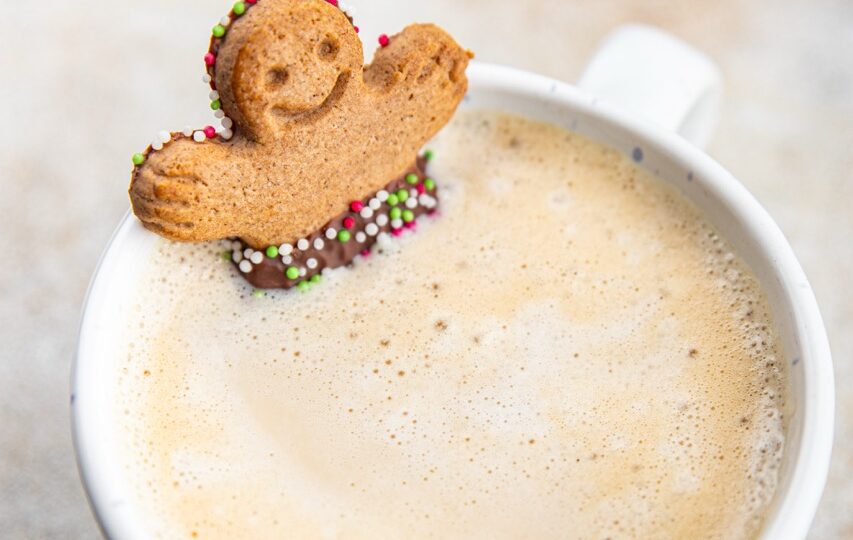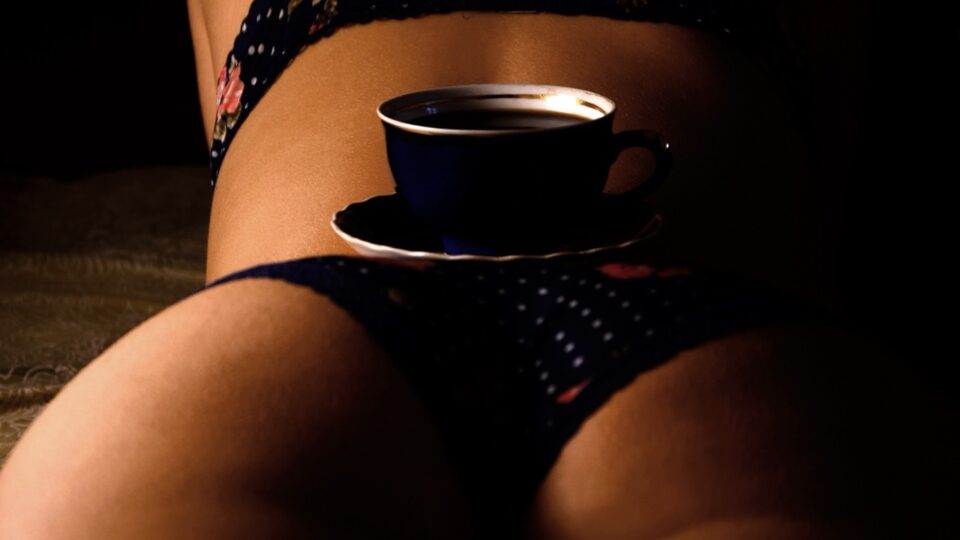Thinking about buying decaf in bulk to save a few quid? Smart move—especially if you’re genuinely drinking it. But buying kilos only works if you know how to store it properly so it doesn’t end up tasting like sadness. Here’s how to keep big bags tasting big—without losing the good stuff.
1. Let it settle—degassing matters
Freshly roasted beans release CO₂ gas. If you grind or seal them too soon, you’ll brew a sour, under-extracted mess.
At I Love Decaf, we recommend waiting 3–7 days after roast before brewing, and up to 10–12 days if you’re making espresso. This aligns with best practices followed by top specialty roasters and coffee educators like Square Mile, Barista Hustle and the Specialty Coffee Association, who all note that degassing is essential to avoid uneven extraction and off flavours.
Square Mile, Barista Hustle, and the Specialty Coffee Association—who all note that degassing is essential to avoid uneven extraction and off flavours.
2. Divide wisely
Big bags = bigger headaches if you open them all at once:
- Split into smaller portions—250g or 500g works perfectly
- Store the main bulk sealed, only opening small packs as you go
Check our kilo-size listings here to portion with confidence.
3. Store smart—air, light, heat, and moisture are the enemies
Coffee hates exposure. Here’s how we keep our own beans fresh, and how you should too:
- Use airtight, opaque containers stored in a cool, dark cupboard
- Our resealable valve bags are great for the first month—but if you’re opening and closing often, use a vacuum canister
- If freezing: portion, seal well, and let reach room temp before opening
4. Know your freshness window
- Filter coffee: best within 2 days to 4 weeks post-roast
- Espresso: hits peak flavour between 7 days and 6 weeks
For anything over 1kg, we recommend vacuum-packing and freezing portions if you won’t finish it within a month.
5. Use the right containers
- For daily use: sealed jars, dark tins, vacuum containers
- For freezing: vacuum-sealed portions are best. Never refreeze, and always thaw sealed.
Avoid clear jars, fridge storage, and leaving beans inside grinders. Freshness dies fast when exposed.
6. Don’t skip the thaw
If you’ve frozen portions, always let them come to room temperature while still sealed to avoid moisture damage. Once open, treat them like fresh beans.
Final sip
Buying decaf by the kilo makes sense—if you store it like you mean it.
Freshness isn’t automatic; spoiled beans taste awful, and money spent is coffee wasted.
Follow these steps:
- Degas properly
- Portion sensibly
- Store airtight, cool, dark
- Freeze only if sealed tight
- Use within peak flavour window
Oh—and while it’s big bag friendly, don’t forget that our fresh, award-winning decaf still won a Great Taste Award.
For hassle-free quality, check out our bulk-buy decaf options: discount bulk-buy decaf coffee a kilo or more.










